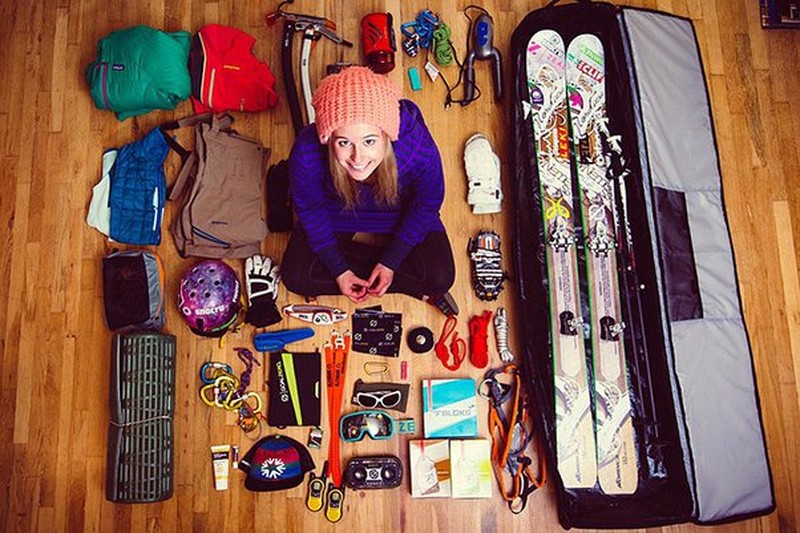
Embarking on a ski trip at catered chalet tignes can be thrilling, but packing efficiently is key to ensuring you have a smooth and enjoyable experience on the slopes. Whether you’re a seasoned skier or a first-time adventurer, having the right gear can make all the difference. Here’s a list of 10 essential items you should pack for your ski trip to ensure you’re well-prepared and ready for anything the mountains throw at you.
1. Ski Equipment
If you’re not renting, make sure to pack your skis or snowboard, poles, and bindings. For skiers, ensure that your bindings are adjusted correctly to your boots and skill level. Snowboarders should check that their bindings are secure and compatible with their board. Don’t forget your ski or snowboard bag to keep your equipment safe during travel.
2. Ski Boots and Snowboard Boots
Your boots are arguably the most important part of your ski or snowboard setup. They should be comfortable and well-fitted to avoid blisters and foot fatigue. Pack them in a boot bag to keep them separate from the rest of your gear. Remember, rental shops often have limited sizes, so bringing your own ensures a better fit and more comfort.
3. Technical Outerwear
A good ski jacket and pants are essential for staying warm and dry on the slopes. Look for outerwear that is both waterproof and breathable to protect against snow and moisture while allowing sweat to escape. Many ski jackets come with added features like ventilation zippers and adjustable cuffs, which can enhance your comfort.
4. Base Layers and Mid Layers
Layering is crucial in skiing. Start with moisture-wicking base layers (top and bottom) to keep sweat away from your skin. Add a mid-layer, such as a fleece or a lightweight down jacket, for extra warmth. The ability to add or remove layers allows you to adapt to changing temperatures throughout the day.
5. Ski Goggles and Sunglasses
Protecting your eyes from UV rays and snow glare is essential. Pack a pair of high-quality ski goggles with interchangeable lenses for different light conditions (e.g., low light, sunny days). Sunglasses with UV protection are also a good idea for off-slope activities and when the sun is particularly strong.
6. Gloves or Mittens
Your hands need to stay warm and dry to maintain dexterity on the slopes. Choose waterproof, insulated gloves or mittens that offer good grip and flexibility. Mittens generally provide more warmth, but gloves allow for better finger mobility. Consider bringing a spare pair just in case one gets wet.
7. Helmet
Safety first! A properly fitting ski helmet can protect you from head injuries and keep you warm. Many helmets come with adjustable vents for added comfort and compatibility with ski goggles. It’s a good idea to try on a helmet before purchasing or renting to ensure a snug and secure fit.
8. Ski Socks
Invest in high-quality, moisture-wicking ski socks that provide cushioning and warmth. Avoid cotton socks, as they retain moisture and can cause discomfort. Pack a few pairs, as you’ll likely want to change them daily or if they become damp.
9. Skincare Essentials
The sun’s reflection off the snow can be harsh on your skin. Pack sunscreen with high SPF to protect your face from UV rays. Lip balm with SPF is also important to prevent chapped lips. Additionally, consider a good moisturiser to combat the drying effects of cold mountain air.
10. Backpack with Essentials
A small backpack or hydration pack can be very handy on the slopes. It’s useful for carrying essentials such as snacks, a water bottle, a first-aid kit, and any personal items you might need throughout the day. Some backpacks are designed specifically for skiing and feature compartments for avalanche safety gear and hydration systems.





